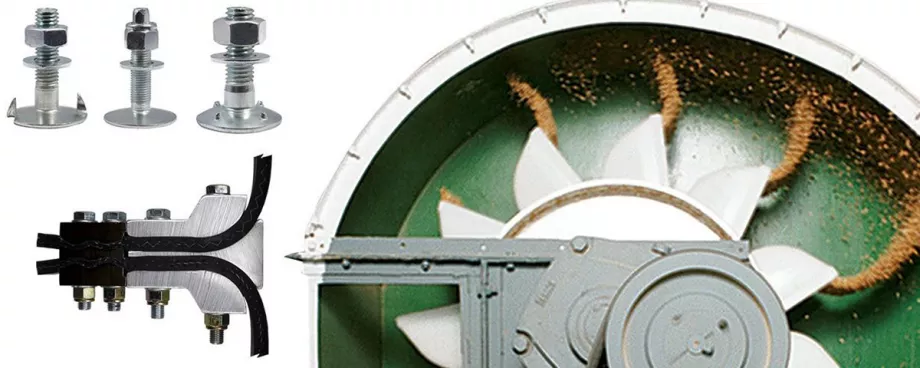Issue #4 Loose Sprocket on Head Shaft
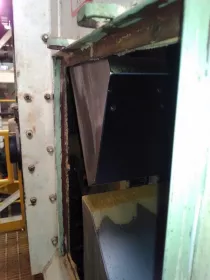
The head sprocket on this continuous discharge chain bucket elevator came loose from the shaft because the set screw in the keyway failed. The sprocket wandered and the buckets eventually scraped the casing. Here again is metal-on-metal friction. Aside from wearing the buckets prematurely, this friction is a heat source that could lead to a dust explosion.
The installation of an extended range proximity switch on each side of the leg casing can sound an alarm when the chain moves over and can automatically shut down the elevator if the condition persists.
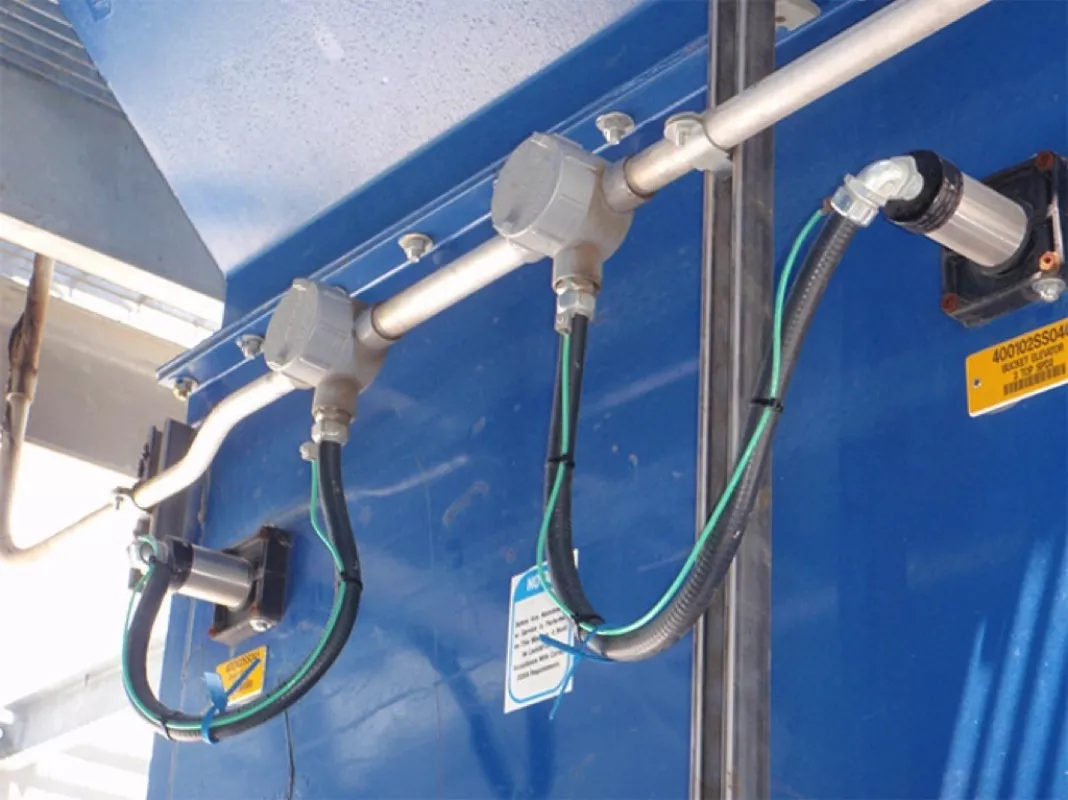
WDA proximity senors installed
|
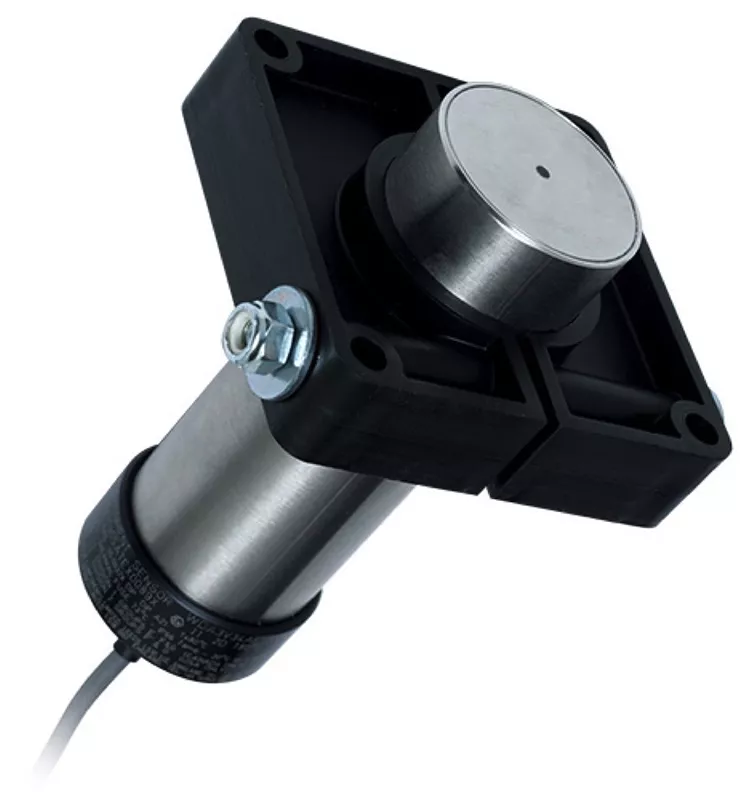
WDA extended range proximity sensor
|
Issue #5 Chain Wear
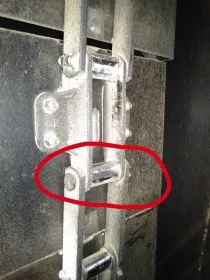
In a similar continuous chain bucket elevator, the chain barrels are starting to flatten as can be seen circled in the image to the right. This indicates possible chain stretch and / or improper meshing with the sprockets. The chain is wearing prematurely, or stretching, and impeding the efficient function of the entire system.
Periodically inspect the chain barrels and chain for excessive wear, cuts, grooves, or flat spots. Chain barrel wear results in “hooked” sprocket teeth which accelerates chain wear so it is important to also inspect the sprockets.
Issue #6 Loose Fasteners
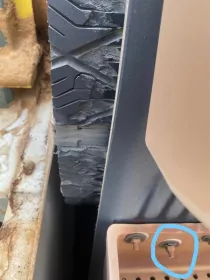
The nuts and lock washers that secure elevator bolt fastening systems can come loose. In attention during installation and the constant vibrations of the elevator can work these items loose. This is the reason equipment manufacturers recommend the regular tightening of elevator bolts throughout the life of the bucket elevator. No one wants an elevator bucket to become detached and cause damage.
One solution to this problem is the use of fanged style elevator bolts in conjunction with a nylon insert lock nut (nylock). The fangs bite into the belt cover and prevent the bolt from rotating as a nylock nut is applied. Once in place, it is less likely that the nylock nut will back off due to system vibration. Another solution is the installation of an “EASIFIT” Elevator bolt. These specialty bolts incorporate a hex at the end of the bolt which locates into a special tool in order to stop the bolt from turning when a Nylock nut is installed.
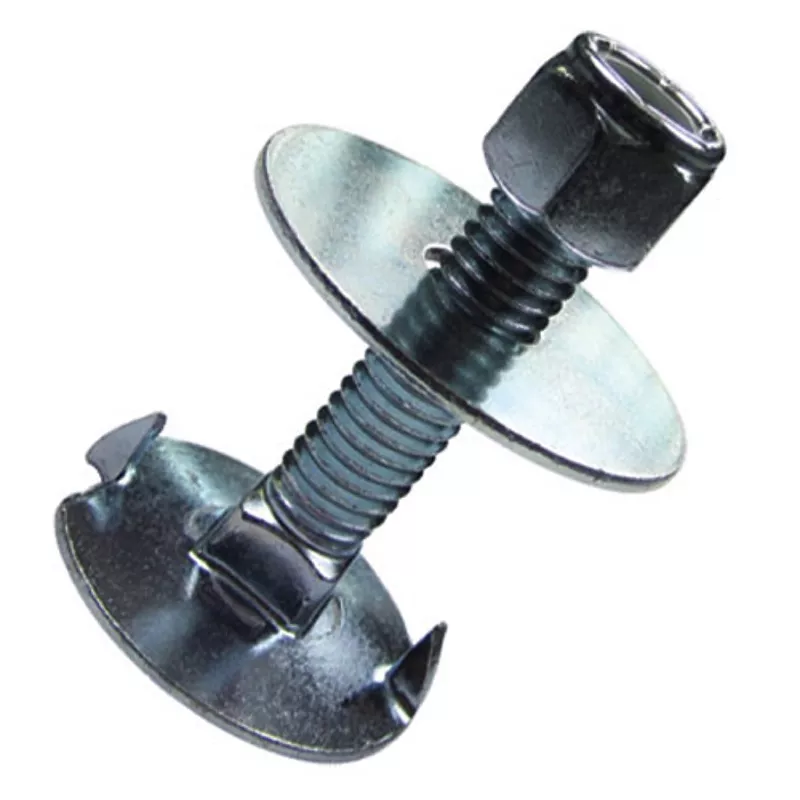
Fanged elevator bolt with fender washer and nylon nut
|
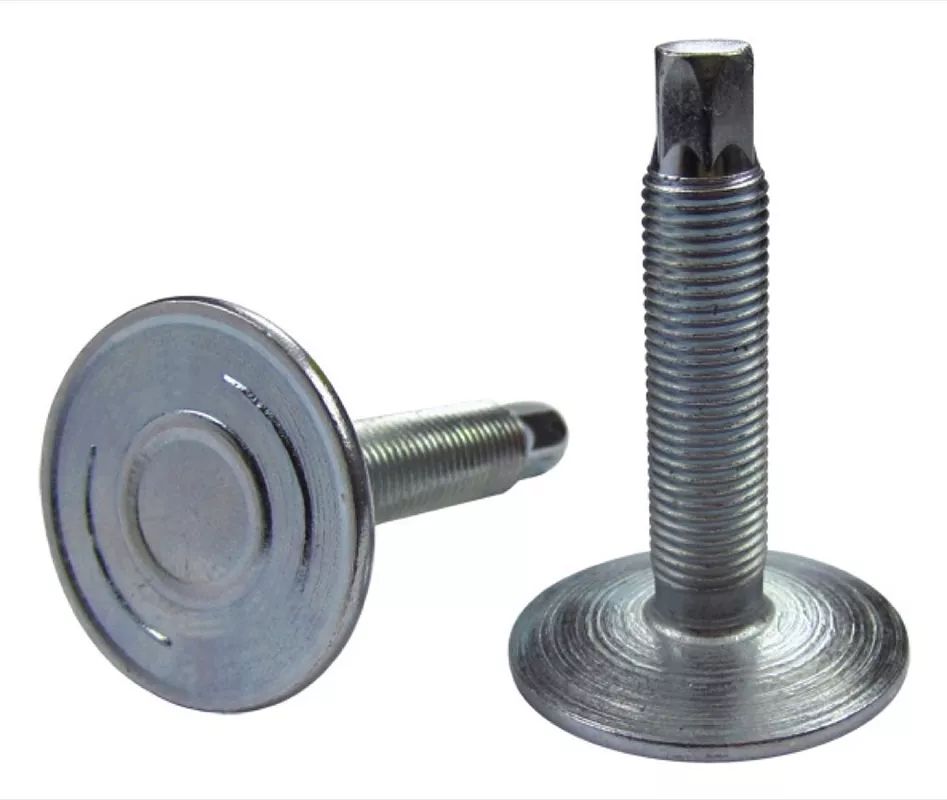
Easifit elevator bolt
|
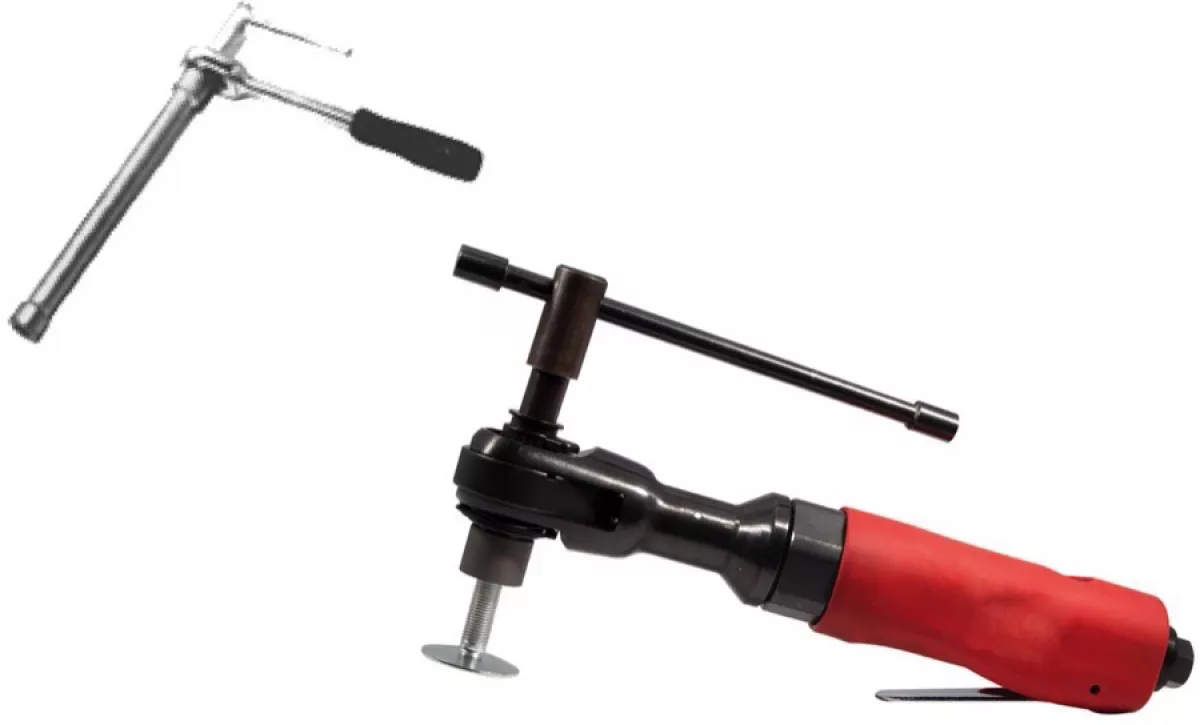
Easifit pneumatic air ratchet tool
|
Summary
In this article we have shared six common problems identified during 4B bucket elevator inspections. Many other issues can arise and our team of bucket elevator specialists is qualified to inspect and provide solutions to help bring your bucket elevator back to its optimum performance. Contact us to book your bucket elevator inspection.
■









